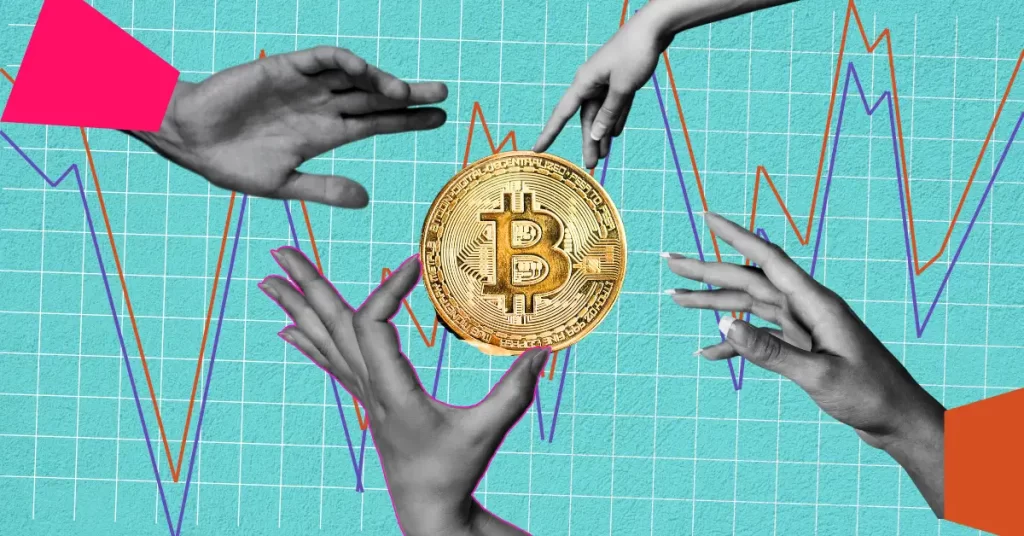ARTICLE AD BOX

The post BTC Price Continues to Trade Within Narrow Range: Here’s Why There Is No Growth After the Bitcoin Halving appeared first on Coinpedia Fintech News
Crypto markets are super volatile at the moment. Although the prices of the popular tokens remain within a descending trend, the likelihood of a fine upswing continues to hold upright. The start of the year was extremely bullish, as the markets were screaming for more upside. Further, two months down the line, the altcoins went down more than 60% and the bear market on them against Bitcoin continued.
In the middle of all, the impact of the Bitcoin halving has not been seen on the BTC price, therefore raising speculations of a diverse price action post-halving this time.
The BTC price has triggered a healthy rebound, but from a larger perspective, the token does not appear to be on the rise. The bearish trend continues to prevail as the price continues to decline even after the halving event. The price maintained a sideways range, collected liquidity, and reached below the key liquidity pool area between $59,300 and $59,500. Currently, the price is consolidating around $64,000 after a strong comeback and all eyes lie around the $63,500 level.
A breakthrough and consolidation of the price above $64,500 could lay a strong foundation for further growth. But the question arises: whether the price will reach $75,000 or again fail to surpass the crucial barrier at $71,000!
As the chart suggests, the price remains stuck within a descending range, and the current attempt to breach the upper resistance of the falling wedge may not be successful. The major reason to be bearish on Bitcoin is the DMI, which is flashing a bearish signal with ADX heading towards the bottom. But the MACD is about to undergo a bullish crossover, which indicates the buying pressure may soon pile up. In such conditions, either the price may drop heavily back to support or consolidate around the current levels for a while, followed by a bearish pullback to $55,000.
In the 2015–17 cycle, Bitcoin peaked 518 days after the halving and in the 2019–21 cycle, it took 546 days to mark a new ATH. if the history repeats and the next bull market peak may occur 518–546 days after the halving. This would mean Bitcoin could peak in this cycle in mid-September or mid-October 2025.
Presently, Bitcoin is ascending in this cycle by nearly 210 days. Therefore, the longer Bitcoin consolidates after the halving, the better it will be for resynchronizing with the traditional halving cycle.
.png)
 8 months ago
3
8 months ago
3








 English (US)
English (US)